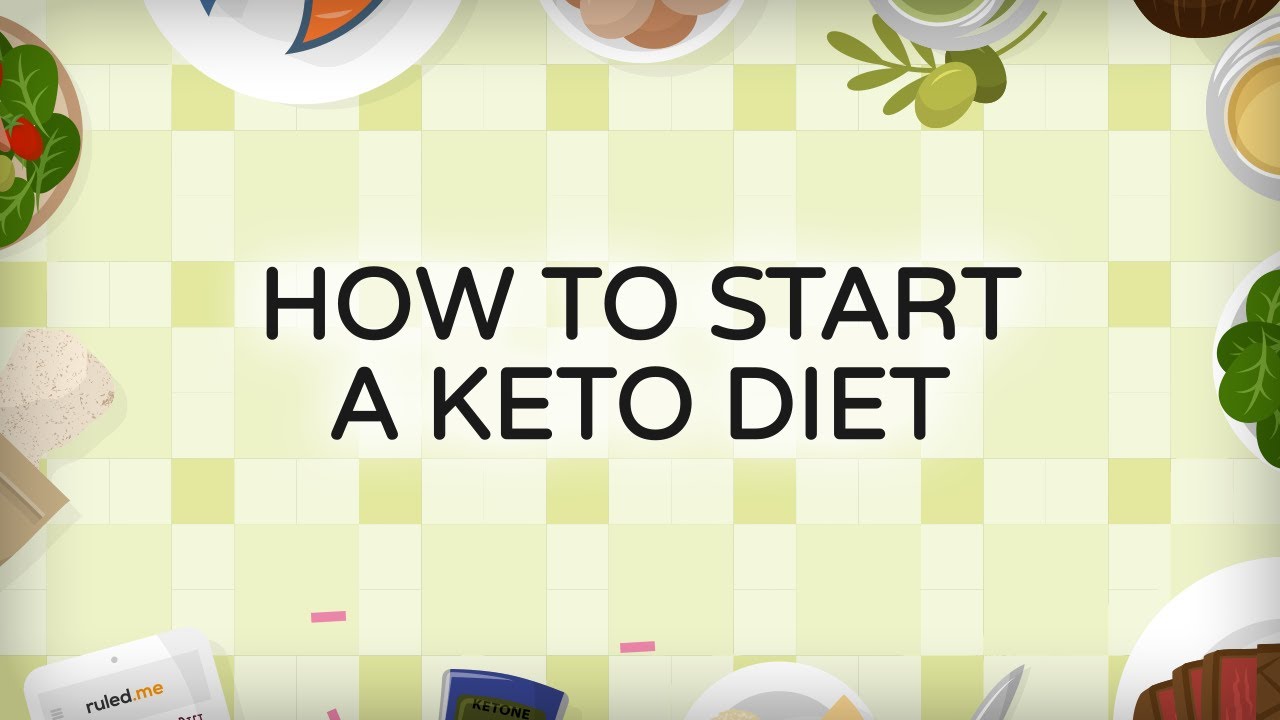Jumpstart Your Keto Journey: 3 Steps to Success on a High-Fat, Low-Carb Diet for you
If you’re looking to jumpstart your keto journey, there are three important steps you can take to ensure success on a high-fat, low-carb diet. First, it’s crucial to educate yourself on the principles of the keto diet and understand the foods you can and can’t eat. This means cutting out most carbs, including grains, sugar, and starchy vegetables, and increasing your intake of healthy fats like avocado, nuts, and olive oil. Second, it’s important to plan ahead and stock your kitchen with keto-friendly ingredients and snacks to stay on track when hunger strikes. Meal prepping can also be a helpful strategy to ensure you have healthy, keto-approved meals ready to go throughout the week.
Finally, make sure to track your progress and adjust your diet as needed. This might include monitoring your macros, weighing yourself regularly, and paying attention to how your body feels. With these three steps, you can set yourself up for success on a high-fat, low-carb diet and

Top 3 Key Pieces of Advice for Starting Your Keto Journey: Eat the Right Foods, Amounts, and Prepare for Keto Flu
When embarking on your keto journey, it is important to keep in mind three key pieces of advice to ensure the success of your efforts. Firstly, you must focus on eating the right foods, which involves consuming high-fat, moderate-protein, and low-carbohydrate foods. This means avoiding processed foods, sugary drinks, and eating foods such as grass-fed meats, leafy greens, nuts and seeds, and healthy fats like coconut oil and avocados.
Secondly, it is crucial to monitor the amounts of food you eat, as overeating can hinder your progress. You should aim for a calorie deficit, but not one that is too extreme, as this can negatively impact your overall health. Lastly, it is important to prepare for the keto flu, which can occur during the initial phase of adopting a ketogenic diet. This includes staying hydrated, increasing electrolyte consumption, and getting enough rest. By following these three key pieces of advice, you can set yourself up for success in your
Mastering the Basics: Essential Tips for Starting a Successful Keto Diet Journey
Starting on a new keto diet journey can be both exciting and challenging at the same time.
One of the most important things to keep in mind is mastering the basics which will give you a strong foundation to build on. One of the first essential tips to start with is to know the keto macronutrient ratio. For a standard keto diet, 70-75% of your daily calories should come from healthy fats, 20-25% from protein, and 5-10% from carbohydrates. It is also important to choose the right types of fats such as avocado, nuts, coconut oil, and grass-fed butter. Another essential tip is to focus on whole foods and eliminate processed and sugary foods from your diet.
This will help you avoid hidden carbs and improve your overall health. Additionally, you have to stay hydrated as dehydration can lead to keto flu symptoms. Drinking plenty of water and adding electrolytes such as magnesium, potassium, and sodium can help you avoid this. Lastly,
Getting Started on Keto: Tips for Tracking Macros, Adjusting Intake, and Beating the Keto Flu
Starting a ketogenic diet can be an exciting and life-changing decision for many individuals seeking to improve their health and wellness. However, transitioning into a low-carb, high-fat lifestyle can also come with its own set of challenges, including tracking macros, adjusting intake, and dealing with the dreaded keto flu.
To make the most of your ketogenic journey, it’s important to arm yourself with the right knowledge and tools to ensure a smooth transition. One of the most critical factors in a successful keto diet is tracking macros, or the proportion of macronutrients – fat, protein, and carbohydrates – in your daily meals. This allows you to carefully control your food intake and ensure that your body stays in a state of ketosis, whereby it burns fat for energy instead of glucose, leading to weight loss and improved energy levels. To further enhance the effectiveness of your keto diet, it’s crucial to fine-tune your intake levels in response to your body’s changing needs, gradually lowering your carb intake while
Preparing for the Keto Flu: Tips for Adjusting to a Low-Carb Lifestyle
Preparing for the Keto Flu: Tips for Adjusting to a Low-Carb Lifestyle Switching to a low-carb ketogenic diet can be a challenging yet rewarding experience, but it is essential to be prepared for the possible side effects of the transition. One of the most common symptoms is the “keto flu,” characterized by fatigue, headaches, brain fog, and other flu-like symptoms.
To minimize these issues, you can prepare your body beforehand by gradually reducing your carb intake and increasing your healthy fat and protein intake. You can also stay hydrated and replenish your electrolytes regularly by drinking plenty of water and consuming sodium, potassium, and magnesium-rich foods. Additionally, you may benefit from gentle exercise, stress management techniques, and getting adequate sleep to support your body during the adjustment period. It is also essential to give your digestive system time to adapt to the new diet by slowly increasing your fiber intake and avoiding processed foods, artificial sweeteners, and other potential irritants. Finally, it may
